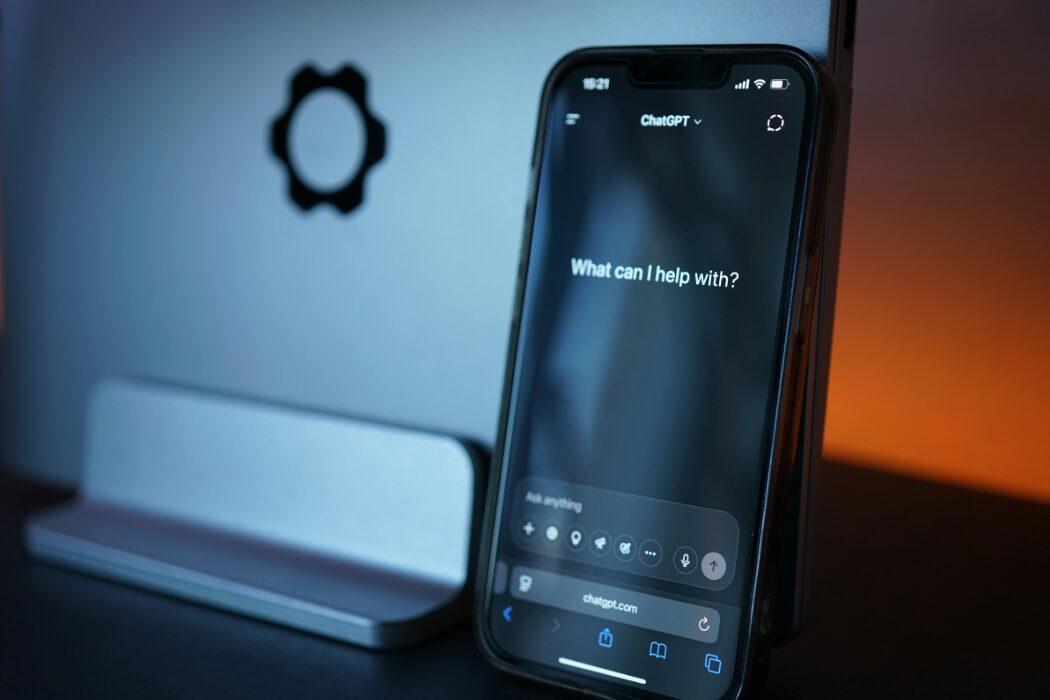Generative AI is already being used by clinicians to streamline admin tasks. But while the benefits are clear, so are the risks. Tools like ChatGPT don’t truly “understand” context; they predict the next likely word. That means they can generate information that sounds accurate but isn’t. This is known as hallucination, and in healthcare, it matters.
Because ultimately, even with AI, you’re still responsible for what you share.
Understandably, this makes many clinicians cautious. Concerns around accuracy, patient safety and professional accountability are valid and essential. But these concerns shouldn’t prevent progress. With a thoughtful approach, AI can be used safely to support your work, not replace your judgment.
At our recent Doctify event on AI in healthcare, Dr Keith Grimes, AI & Digital Health Consultant and Founder of Curistica, shared his insights on how clinicians can begin using AI in safe, practical ways. His message was clear: with a little experimentation and the right mindset, everyday AI tools can enhance creativity, relieve pressure and give time back to care.
This blog is your starting point. Whether you’re new to AI or looking to use it more meaningfully in your clinical practice, here are four practical and responsible ways to get started.
1. Start with the right tool
Don’t just listen to people like me talk about AI – use it. That’s how you learn.
Dr Keith Grimes
You don’t need a complex setup or paid subscription to begin. Some of the most effective AI tools are freely available, intuitive to use, and ideal for quick, high-impact tasks like summarising notes or improving patient communication.
Popular starting points:
- ChatGPT: free, versatile and user-friendly. Ideal for summarising articles, drafting clinic notes, brainstorming ideas or improving written content.
- Claude: structured and conversational. Useful for writing with a clear, empathetic tone, especially when creating educational materials or patient-facing content.
- NotebookLM: designed for working with your own documents. Upload notes, research papers or meeting transcripts to generate summaries, explore ideas or extract key points.
- Microsoft Copilot: available within Microsoft 365 tools like Word, Outlook and Teams. Helps draft, summarise and find relevant content across emails and documents, making it especially useful for clinicians and administrators juggling large volumes of information.
Top tip: Don’t just explore – experiment. Try using one tool for something you already do daily: rewriting a patient leaflet, checking the tone of an email, or outlining an article idea.
2. Get better results with clear prompts
Prompting is the key to unlocking the full potential of generative AI. These tools are powerful but require clear instruction, particularly in healthcare where nuance and precision are essential. Think of AI as an incredibly capable intern. It can do a lot, but only if you guide it well.
The clearer your instructions, the more relevant and useful the output will be. Most large language models do not truly understand context. They generate responses by predicting the most likely next word based on patterns in data. That is why thoughtful prompting makes all the difference.
Use this simple structure:
You are a [role]. Your task is to [specific outcome]. Please [any tone or format instructions].
For example:
You are an experienced medical writer. Your task is to draft a patient-friendly letter explaining their diagnosis and next steps. Please use clear, compassionate language suitable for someone without medical training.
You can also adjust the tone, add supporting notes or examples, and ask follow-up questions to refine the output. Once you’ve learned how to guide AI with clearer instructions, you can start applying it to more sensitive areas of your workflow, like how you communicate with patients.
⚠️ Even with the best prompt, always review the output for clinical accuracy and appropriateness. AI can support your thinking, but it can’t replace your judgment.
3. Automate the admin (without losing control)
Administrative overload is one of the leading causes of burnout in clinical practice. AI can help by taking on some of the repetitive, time-consuming work, freeing up clinicians to focus on more meaningful interactions with patients.
While ambient voice AI is already being used in parts of the NHS to document consultations in real time, you don’t need specialist software to start lightening the load.
Try:
- Summarising consultation notes
You are a clinical assistant. Summarise the following consultation into a clear, structured patient note for the medical record.
Paste notes
- Polishing content you’ve written
Check this for clarity, tone, and readability. Make suggestions to improve flow and ensure it’s easy to understand.
Paste content
⚠️ Remember to always review AI-generated content before using it to ensure accuracy. Learn more about the risks such as bias, hallucinations and accountability in our previous post.
4. Use AI for reflection, not just productivity
Not every AI use case has to be about documentation or efficiency. Some of the most valuable applications are softer, more human ones, like helping clinicians reflect, ideate, or find clarity during busy days.
Dr Grimes shared how he uses voice-to-text AI tools during walks with his dog, dictating ideas and thoughts as they arise. The AI listens, summarises, and provides feedback, turning a moment of reflection into structured, usable insight.
Try:
- Voice note a rough idea, then paste the transcript into an AI tool.
Prompt:
You are a strategy advisor. Summarise this idea, highlight key strengths and weaknesses, and suggest what to consider next.
Many clinicians use AI in this way to organise their thinking and explore new perspectives, whether planning a project or reflecting after a long clinic.
Start small. Think big. Stay human.
You don’t need to be a tech expert (or even particularly tech-savvy) to start using AI in your daily practice. The most meaningful changes often come from the simplest shifts: a clearer letter, a faster admin task, a better response to a patient review.
AI isn’t here to replace human care. It’s here to support it. To give you back headspace. To help you communicate with clarity. To improve the experience for both clinicians and patients.
Whether you’re experimenting with prompts or reflecting on a tough day using voice notes, each small step builds confidence, and helps shape the future of healthcare from the inside out.
These are just the first steps. At our AI in Healthcare event, experts explored even more real-world examples – from diagnostic AI to governance risks. Curious to learn more? Explore the full event insights in our detailed blog recap.
Join Doctify for free today to receive invitations to future Doctify Network events – exclusively for practising clinicians.





